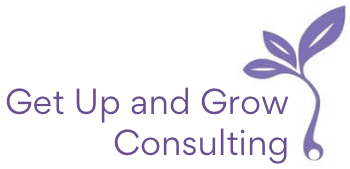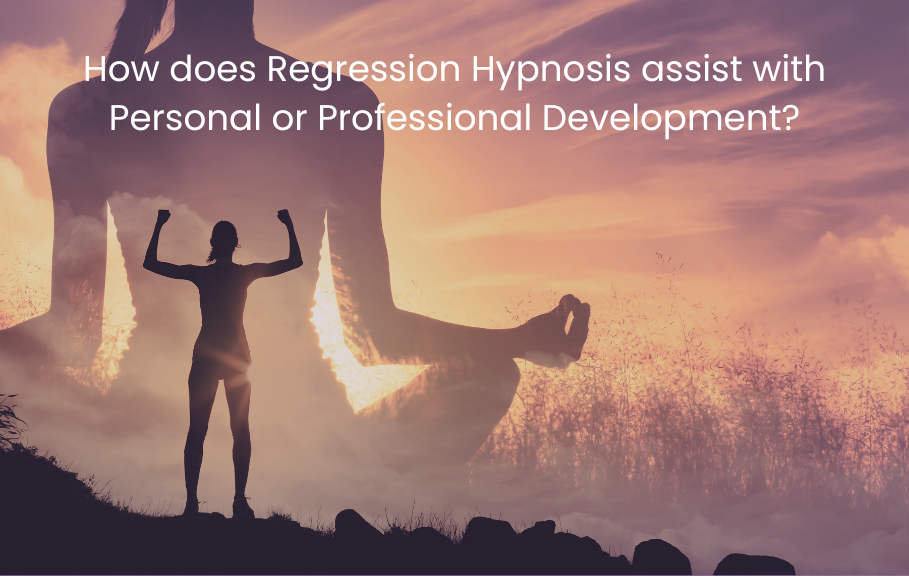The new legislative changes that came into Western Australia in March 2022 have changed our safety focus from just the hazards that affect a workers’ physical wellbeing to include those that may also affect their psychological wellbeing.
But our legislative requirement and moral obligation to the safety of our workers are not the only reasons businesses should be focussing on removing psychosocial hazards. Safe Work Australia reports that on average 7,894 Australians are compensated for work related mental health conditions each year and 9% of all serious workers’ compensation claims are for work-related mental health conditions. Work related mental health conditions and psychological injuries cost companies more than physical injuries and illnesses as they usually have longer recovery times, higher medical costs and require more time away from work to facilitate the recovery process.
What are psychosocial hazards?
A psychosocial hazard is anything that could cause psychological harm (e.g., harm someone’s mental health). Common psychosocial hazards at work include:
- job demands
- low job control
- poor support
- lack of role clarity
- poor organisational change management
- inadequate reward and recognition
- poor organisational justice
- traumatic events or material
- remote or isolated work
- poor physical environment
- violence and aggression
- bullying
- harassment, including sexual harassment, and
- conflict or poor workplace relationships and interactions
How can you tell if your workplace has psychosocial hazards that need addressing?
A key element to identifying if psychosocial hazards exist in your workplace is to listen to workers. Workers will unconsciously talk about their exposure to psychosocial hazards in different ways. To recognise the signs here, are some key phrases to look out for:
- That was humiliating
- I can’t sleep thinking about it
- I feel like a failure, how am I supposed to do all this
- I am scared they will go off their head
- I just can’t stop seeing it over and over
- I am burnt out
- I feel stressed
- I am so angry, it just wasn’t fair
- I don’t know what I am supposed to be doing
- Why can’t they let me get on with my job
- Micromanaging is undermining my confidence
- I am torn, I don’t know what they want me to do
How do you figure out exactly what hazards there are?
There are many ways to figure out what psychosocial hazards are present in your workplace. Some of these methods may include:
- reviewing organisational structure (e.g., lines of reporting, supervisory responsibilities)
- inspecting the condition of the physical workplace (e.g., equipment is working)
- assessing specific job requirements within the organisation
- observing how work tasks are completed
- consulting with the workforce through safety and health representatives, focus groups or surveys
- analysing workplace data (e.g., hazard and incident reports, human resources data, workers’ compensation claims).
How do you address these hazards once you have become aware of them?
To manage the psychosocial hazards in your workplace you should apply the risk management process (as provided by Safe Work Australia).
This is a four step process that includes:
Step 1 – Identify
Refer to the content above under the ‘How can you tell if your workplace have psychosocial hazards that need addressing?’ heading.
Step 2 – Assess
Carry out an assessment of the level of risk posed by these hazards by considering what could happen if workers are exposed to them.
Step 3 – Control
When considering how to control the risk, the most ideal action is to eliminate its existence. But this is not always possible, therefore you should minimise the risk using the other elements of the hierarchy of controls.
Step 4 – Review
Set up a process that allows you to regularly review the control measures that have been put in place to ensure that they are still being effective.
This process should be carried out in consultation with your workers to ensure you are giving the best level of management. The best level of management will ensure that as an employer, you are providing workers with a work environment that is safe on both a physical and psychological level.
If you would like some assistance with the Risk Management Process you can gain more information from The Department of Mines, Industry Regulation and Safety by visiting Mentally healthy workplaces or reach out to discuss how we the team at Get Up and Grow Consulting by booking a discovery call here.





